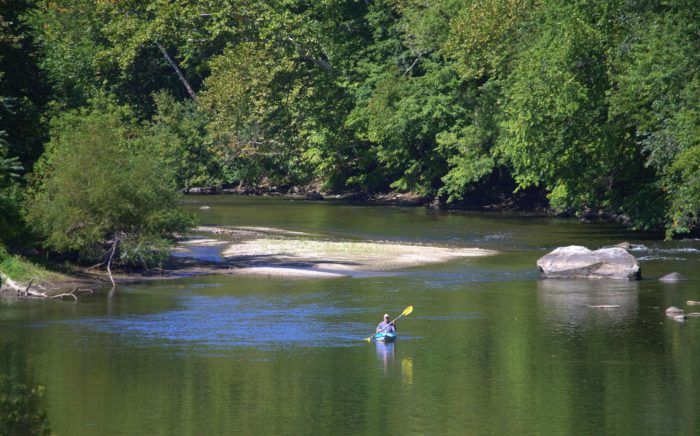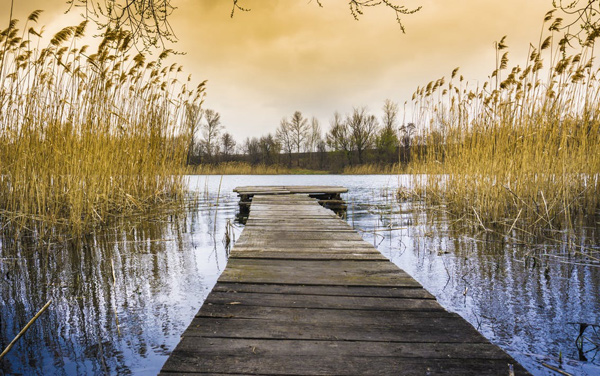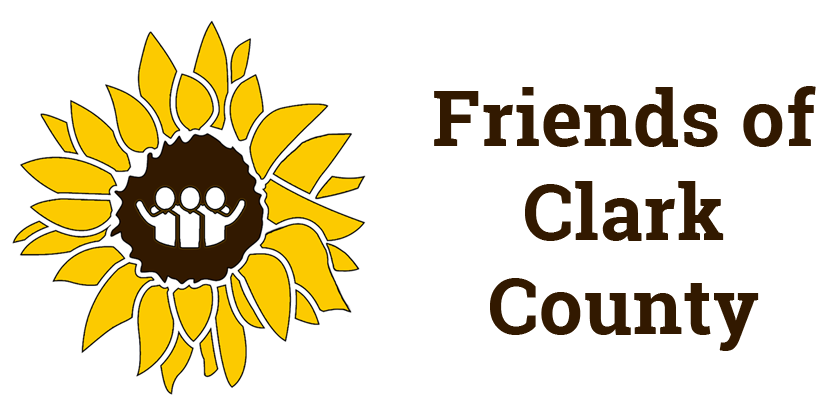Rivers, Lakes & Aquifers
“Live in the sunshine, swim the sea,
drink the wild air.”
– Ralph Waldo Emerson, Philosopher and Writer
Protecting Water Quality and Supplies is Essential
A scenic vision of waterways in Clark County provide us with unending beauty, recreational opportunities, fish and wildlife habitat and sustenance. Water is essential to local farming. Clean and abundant water is vital for all. We hope you will join Friends of Clark County to ensure that all necessary measures to conserve and utilize our precious water is undertaken wisely.
Clark County is nearly surrounded by water – to the north there are the Lewis River with the huge reservoirs of Lake Merwin and Yale Lake. Wrapping around the south and west of the county is the mighty Columbia River. There are also important rivers and creeks that flow through the county, Vancouver and Lacamas Lake and a major riparian wetland system associated with the Columbia River. These waters and an important underground aquifer system provide us with beauty, recreational opportunities, fish and wildlife habitat and sustenance.

Water is essential for all life and rightfully there are a complex set of federal, state and local laws that protect our drinking water, surface waters (rivers, lakes, wetlands) and ground water. These laws protect both the quality of the water and the quantity of water for human and aquatic species.
About 95% of the drinking water of Clark County comes from groundwater and all of the county’s lowlands are considered groundwater recharge areas. EPA designated the aquifer system of county as a sole source for our drinking water which lies underneath about half of Clark County. It is important that we protect this system from contamination and take care not to extract more water than can be naturally recharged.

Challenges facing some of Clark County waters includes reduction of groundwater recharge, excess temperature, low dissolved oxygen and high levels of fecal coliform bacteria. These impacts are the result of loss of riparian vegetation along streams and impoundments which allow the water to warm. Runoff across the landscape both urban and rural add excess nutrients, sediment and pollutants. As the landscape has developed with more pavement with attendant infiltration reduction, and larger volumes of water running into streams, which impacts the way streams normally function. The result is the once stable streambanks erode, stream sediment load increases, flows become more flashy with higher peaks for a given flood frequency return event, leading to even more sediment and pollutants in streams.
Our rivers, streams, lakes, wetlands, vegetated streambanks and riparian buffers provide rich habitat for a highly diverse number of species. Barriers to migratory passage, loss of riparian vegetation and inputs of pollutants seriously diminish this habitat.
Development patterns that result in sprawl challenge both our water quality and quantity. We need to grow efficiently to conserve these resources, implement low impact design standards in the urban areas, conserve water, and insure protection from degradation.
There are also notable efforts to restore degraded streams by both government, non-profit and volunteer organizations. This work needs to be supported.

Friends of Clark County believes the quality of life for the people living in Clark County and their ability to thrive is directly related to our surface water runoff, streams, and groundwater management. Long-term population growth with focus on future (not current) economics and technology, needs to be balanced with effective concentrated management of these water associated resources.
GMA Goal (10) Environment. Protect the environment and enhance the state’s high quality of life, including air and water quality, and the availability of water.
